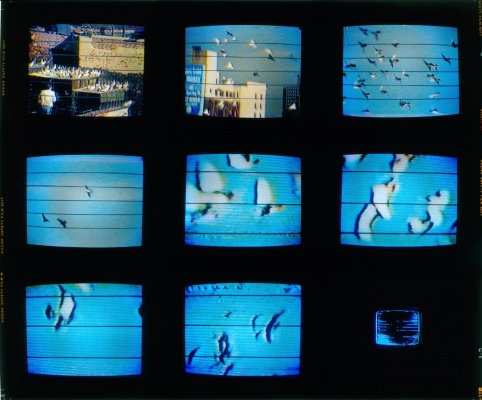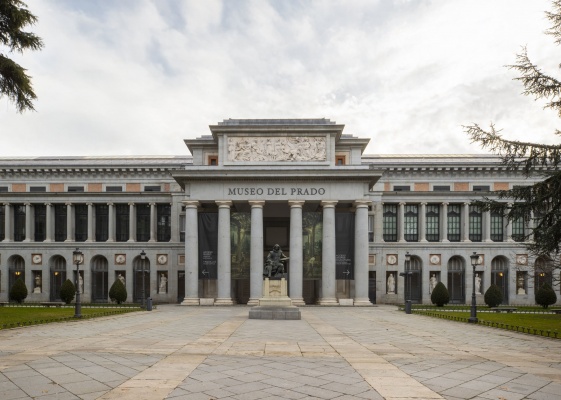Descripción de la Exposición
Over five decades, Ana Jotta (born 1946 in Lisbon) has produced an extreme disparate oeuvre. She combines painting with sculpture and prints, sometimes in an Old Master style, sometimes folksy or with appropriations from 20th century popular culture, and experimenting with techniques traditionally associated with the “minor arts”: “In Jotta’s work, art is a battlefield between invention and convention” (João Fernandes). The notion of authorship is rejected (for example, she signs her works with a (j) instead of a (c), a pun based on the homophonic analogy between the letter “j” ((Portuguese: jota) and her family name). Any attempt at classification based on chronology, medium or material, theme or genre is not only futile but also unintended. Everything is digested, decontextualised and transformed to her own work.
DAS – IST – DAS ? is the artist’s first solo exhibition in Germany. It gathers together a selection of recent and older works, complemented by a site-specific wall painting from her ongoing series of so-called “colour samples.” The key work in the exhibition is fala-só (an outdated Portuguese expression for “soliloquy”) made between 2014 and 2017. Over 40-metres in length, it is to be seen almost entirely for the first time. The panel runs through the exhibition spaces, offering the visitor a step-by-step insight into her oeuvre along the blue fabric with its series of figures and the exhibited works. Depicted is the sketchy outline of a worker carrying a pane of glass under his arm. The repetition of the motif as a sequence of movements might evoke the association of a magnified filmstrip and—especially together with the projection screens in the exhibition (which Jotta, again, uses as canvases for her paintings)—allude to the Temporary Gallery's focus on film. The title of the exhibition DAS – IST – DAS ? is a pun based on the French word “Vasistas”—a term for small windows above house entrances. In the 18th century the German inhabitants supposedly asked the incoming French soldiers “Was ist das?” (“What is this?”) through these windows, which gave them their name.
Ana Jotta was born in 1946 in Lisbon, where she currently lives. After studying at Lisbon’s Fine Art School and in Brussels at the École d'Arts Visuels et d'Architecture de l'Abbaye de la Cambre (1965-1973), she worked as an actress and stage designer with the Produções Teatrais group at the University Theatre in Lisbon. From the 1980s onwards, with a brief collaboration as a stage and costume designer for the two films, Conversa Acabada by João Botelho and Silvestre by João César Monteiro (which was shown at the 38th Venice Film Festival in 1981), she focussed her activity on the visual arts: in 2005 she had a retrospective exhibition Rua Ana Jotta at the Museu Serralves, Porto, and in 2014 the anthological exhibition A Conclusão da Precedente at Culturgest, Lisbon. Ana Jotta was awarded the Rosa-Schapire-Art Prize of the Hamburger Kunsthalle for her tenacity and independence in 2017, the Prémio AICA 2014 and the Grande Prémio Fundação EDP Arte 2013.
Ana Jotta’s oeuvre has been built in a sequence of breakthroughs that embody some sort of erasure of her own previous footsteps, of the modernist ideology and postmodern mythologies, and of the notion of authorship. Jotta frequently approaches her work through appropriation. She has gathered together a paraphernalia of objects and printed matter over the years, which have played an important part in her creative process. Radically polymorphic, both modest and prolific, her work shows a great sense of intelligence, sensitivity and wit as it eludes any possible classification.
Curators: Regina Barunke and Miguel Wandschneider

Exposición. 08 may de 2025 - 14 sep de 2025 / MNAC - Museu Nacional d'Art de Catalunya / Barcelona, España

Formación. 30 oct de 2025 - 11 jun de 2026 / Museo Nacional del Prado / Madrid, España